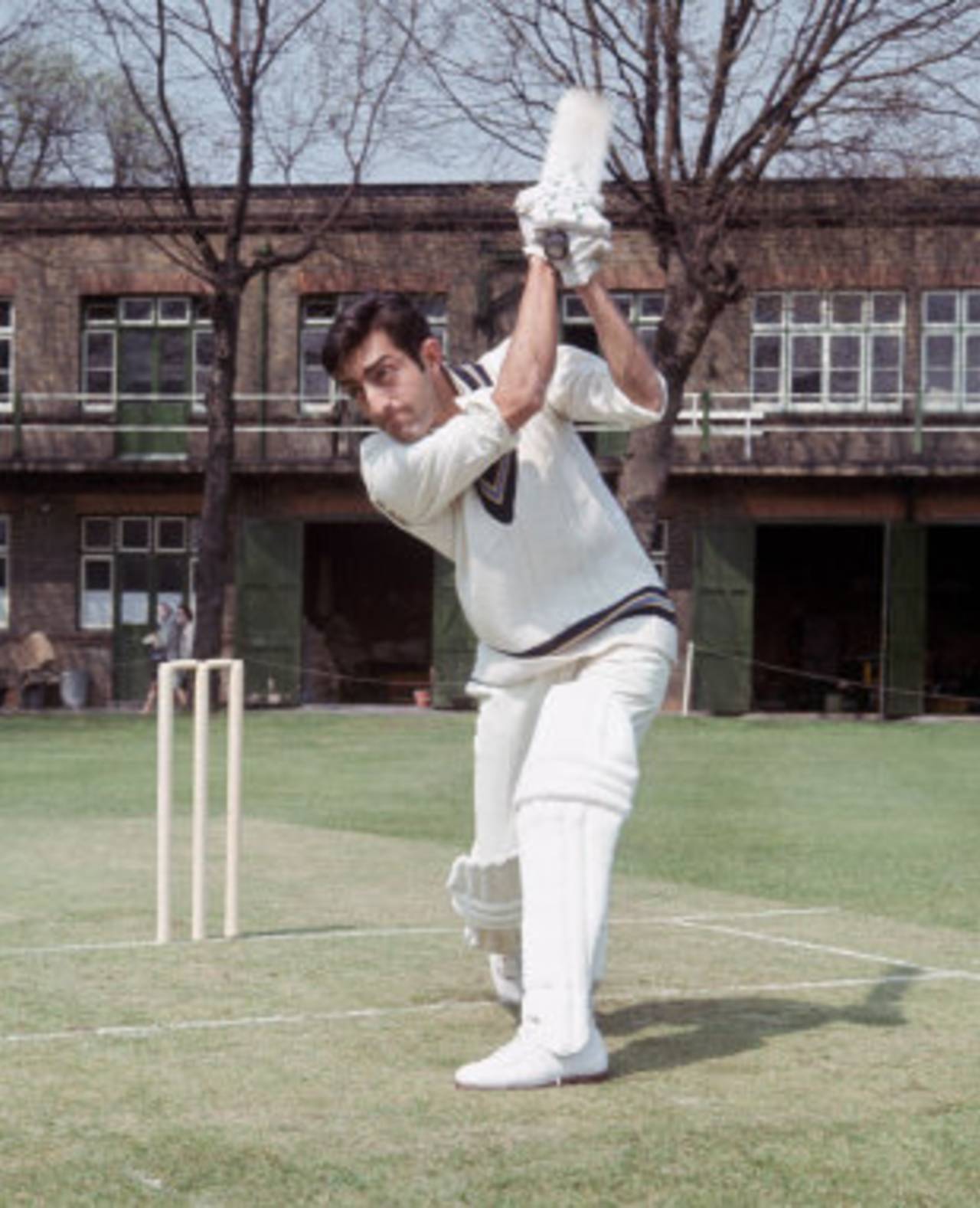We all like making XIs. World XIs, Entertainers' XI, Left-Handed Stonewallers' XI, Englishmen Who Disdain The Royalty XI (okay, scratch the last one). Here is an XI that is among the most important in my cricket 'career': those cricketers whose presence in some dimly perceived consciousness in my childhood became the basis of a romantic affiliation with the game. I heard and read about them before I saw their images, whether electronic or photographic. Some of them I never saw perform live at a stadium. But they have left a deeper imprint than many I have seen perform hundreds of times on television. In this case, the vivacity of a child's imagination far outstrips the not inconsiderable workings of the modern media machine.
It comprises three players from the West Indies (Andy Roberts, Viv Richards, Clive Lloyd), one from England (Tony Greig), three from Australia (Greg Chappell, Dennis Lillee, Jeff Thomson) and five from India (Sunil Gavaskar, Bishen Bedi, Bhagwat Chandrasekhar, Gundappa Viswanath, and Mansur Ali Khan Pataudi).
I have often wondered where I first heard of Pataudi (I never thought of him as Mansur Ali Khan, just Pataudi, or Tiger, or Nawab). Perhaps my uncle was unhappy about his dropping for the 1971 season, and vented in front of a four-year-old; perhaps my father rejoiced at his return for the 1974-75 series against West Indies and let his son know in no uncertain terms that justice had finally been served. No matter. For this Tiger burned bright in my imagination once his legend had taken hold firmly, once and for all.
By the time I seriously started paying attention to Test cricket (in the 1976-77 series against the touring MCC XI) Pataudi was gone from the cricket field. But if cricket seemed glamorous and dashing, and promised relief from the mundane details of school homework and parental discipline, it was because it was, in part, associated with a man who in my mind had come to personify panache, courage and cricketing nous in equal measure (it didn't hurt that he was married to a beautiful, serene actress).
The Nawab's larger-than-life presence prompted me to learn all I could about the man and the now-familiar legend (recounted eloquently by many over the years and recapped in the past couple of days by those who knew him better than I): the handsome, regal, Cyclopean batsman and captain who steered Indian cricket through the tricky waters of the sixties and began the transformation of an overly-defensive self-effacing bunch into a team that developed its own distinctive bag of tricks, one capable of occasionally upending the world's best.
Years later, Pataudi would re-enter my cricket world as the editor of my favourite Indian sports magazine, and then as a commentator. I grew to yearn for his presence in the commentary box, for the dry wit that soaked up the ludicrous hyperbole masquerading as informed comment.
One of my favourite Tiger moments came during the 1984 Test
against England in Delhi. On the first day, India reached 129 for 3 before Sandeep Patil decided to have a go at Phil Edmonds, attempting to clear midwicket with an almighty swipe. Patil merely skied the ball and Pat Pocock ran in to complete a straightforward catch, tumbling, perhaps out of sheer uncoordinated clumsiness, to the ground as he caught the ball.
The commentator then on duty with the Nawab, besides himself with excitement at the fall of a wicket on his watch, blurted out, "And Pocock has taken a spectacular catch to dismiss Patil". After a brief pause, Pataudi spoke, "That was a rather simple catch". Undeterred, our determined-to-be-dramatic gentleman spoke again, "It was made difficult because the sun was in Pocock's eyes". There was yet another brief pause, and then the Tiger spoke again, "The sun was behind him". Silence ensued, perhaps only broken by my loud chuckling back home.
Samir Chopra lives in Brooklyn and teaches Philosophy at the City University of New York. He tweets here
